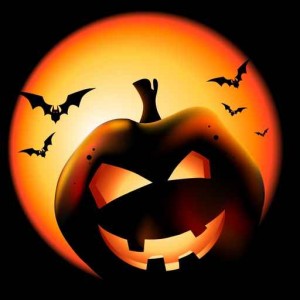The History of Halloween

November 4, 2015
The season will probably have just passed by the time you read this article, but that doesn’t mean you can’t learn a little about what started the traditions of this beloved holiday…
It all started in ancient times with the Celts, a barbarian tribe who roamed the British Isles for thousands of years. Their New Year began on November 1st. On the night before, they had an event called Samhain (pronounced ‘sow-in’). They believed that during the switching of years, the barrier between our world and the next was weakened, allowing the spirits of the dead to roam the Earth again. On this night they also believed that they could predict their future, which was important with the dead of winter approaching.
So, when they had their celebrations with bonfires, they had to hide themselves by wearing the skins of animals, which were early forms of costumes. They also placed food outside of their doors to keep the ghosts from coming in, which was the precursor to trick or treating. In 43 AD, the Romans finished their conquest of Celtic Lands. They then combined Samhain with two of their holidays; Feralia, the day when the Romans honored their dead, and the feast day of Pomona, their goddess of fruit and trees. Pomona is symbolized by an apple, which started the tradition of bobbing for apples. Later, Pope Boniface IV made November 1st All Martyr’s Day, which was extended to all Saint’s Day by Pope Gregory III. As Halloween came to America with Irish immigrants, it became more of a community holiday, celebrating generosity rather than evil and the dead.
And there you have it…the complete history of Halloween through a couple millennium.